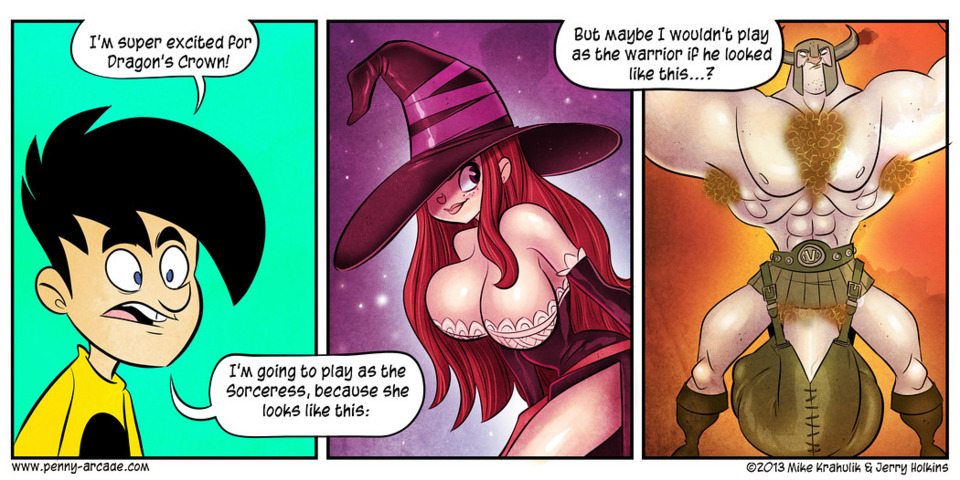Today’s Penny Arcade isn’t anything exceptional; Tycho’s newspost starts with a brief acknowledgement of it, and ends with an announcement RE: the PA Scholarship, but it’s the meat of the post that I want to talk about, so hit the link, have a read, and then join me back here.
Referring to this idea as the Final Game is very interesting – in my youth I called them “perfect” games, but “final” might be a more accurate term. A game you could play forever, one that would never need replacement. I have one, of course – it’s called Left 4 Dead 2, but I constantly hunt for a replacement or enhancement upon it’s relatively simple formula.
The trick of a Final Game is that it needs to have, as a key feature, unlimited content. Narrative-driven games generally have this issue where they end, which precludes their achieving infinity, except on the same level that films and books do – you can re-play a game like you re-read a book, but I doubt it could ever be, as Tycho characterizes it, “a game-as-life-practice”.
The actual property a game needs to have infinite longevity is to be different every time it is played, and that’s all. Multiplayer games, because they generally feature as sporting events, almost all have theoretically unlimited life spans. Games with extensive UGC approach infinite life span, but unless the community lasts forever, the content won’t. So, on the single-player or cooperative spectrum, it falls to procedural generation.
That’s Left 4 Dead’s secret, of course – versus mode is a potent element, yes, but the cooperative campaigns can be replayed endlessly because the zombies are different every time; because the director changes things every time. More can always be done: the maps themselves could change, as they do in many roguelikes, and you can expand upon player customization as an avenue for increased gameplay variability. Left 4 Dead has “customization” in it’s most limited forms: shotgun, assault rifle or sniper rifle? But there could be more – drop a MechLab in there and see what comes out, I say.
The last note I have on this subject is mostly a question. Instances, or sandboxes?
MineCraft offers you limitless creative potential, but once you’ve built a floating palace made entirely of golden, magma-spouting dongs, is there ever reason to return? Do you simply start over, for want of better things to do? Forge out into unexplored territory, and repeat the month-long construction in another place?
By contrast, Left 4 Dead undoes all progress you make with every new campaign. Instances – ever resetting, put you in the shoes of Sisyphus rolling the boulder. But if the climb of the boulder, and not the attainment of the goal, is the source of the entertainment, then is that not better?
Is there a merger of the two? Destiny attempted to offer a multiplayer arena, open commons and instances all at once, but the design is, by most accounts, unfocused – jarring, lacking cohesion. I think, also, of FireFall’s “thumpers”; a player-driven instance that is spawned onto an open world.


Log in to comment